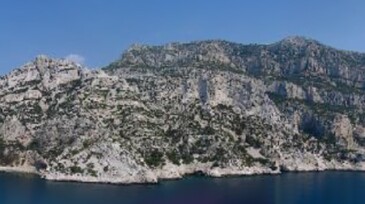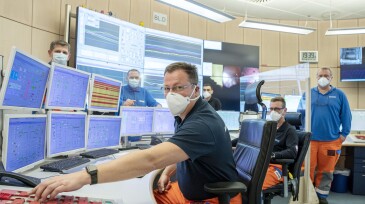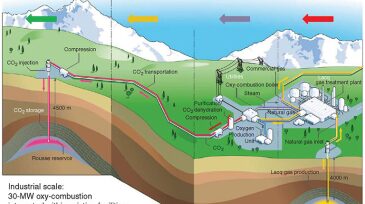France
-
The SPE France Section marked a major milestone with its 40th anniversary celebration in March, held at the iconic Musée des Arts et Métiers in Paris. This historic venue—dedicated to centuries of engineering excellence—served as a fitting backdrop for an evening that honored legacy, acknowledged present challenges, and explored the evolving role of oil and gas profes…
-
Organized by YPs for YPs, this initiative offers a safe and inspiring space where learning meets leadership, and where the future of energy is not only discussed, but co-created.
-
Young Professionals Leading the Energy Transition: Insights From SPE’s Beyond the Borders InitiativeIn March, 27 young professionals representing 15 SPE sections and 12 countries convened in Paris for the first edition of SPE Beyond the Borders 2025. The event served as a unique platform for cross-cultural dialogue and forward-looking discussions about the role of YPs in the energy transition.
-
The Cape Ann has a maximum regasification capacity of 5 billion cubic meters per year, about 10% of French consumption .
-
The authors of this paper describe a project that integrates carbonate stratigraphic forward models of outcropping formations and reservoir-modeling work flows.
-
France expects to exceed self-imposed limits on coal usage to avoid power outages. This comes as nuclear power plants undergo maintenance and there are not enough renewable energy systems to fill the gap.
-
The European Commission is expected to allow investments flowing into natural gas and nuclear energy projects to be considered as “green” investments, assuming certain criteria are met. Germany and France, however, differ in their approaches to renewables. While Germany has abandoned nuclear power in favor of natural gas, France continues to rely on nuclear.
-
Total has been involved in CO2 injection and geological storage for more than 15 years, in Canada (Weyburn oil field) for enhanced oil recovery and in Norway (Sleipner and Snohvit fields) for aquifer storage.








